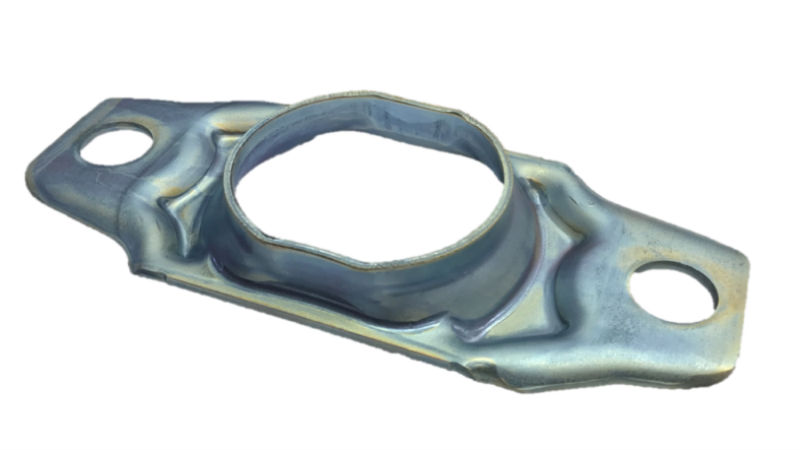In the world of manufacturing and engineering, Rubber To Metal Bonding stands out as a critical process for creating durable and reliable components. This technique involves the adhesion of rubber materials to metal surfaces, resulting in products that benefit from the unique properties of both materials. From automotive parts to industrial machinery, mastering this bonding process is essential for producing high-quality, long-lasting items.
Understanding Rubber To Metal Bonding
Rubber to metal bonding is a sophisticated technique that requires precision and expertise. It is used in various industries to enhance the performance and longevity of products. This process involves several key steps, each crucial for ensuring a strong and effective bond.
Key Techniques
1. Surface Preparation: The first step in achieving a successful bond is thorough surface preparation. Both the rubber and metal surfaces must be cleaned to remove any contaminants, such as oils, dirt, or rust, that could interfere with adhesion. This is often achieved through mechanical abrasion or chemical treatments to create an ideal surface for bonding.
2. Adhesive Selection: Choosing the right adhesive is vital. The adhesive must be compatible with both the rubber and metal materials, and should be able to withstand the intended environmental conditions, such as temperature fluctuations and exposure to chemicals. Common adhesives used include epoxies, urethanes, and cyanoacrylates.
3. Curing Process: Once the adhesive is applied, the curing process begins. This involves heating the bonded materials to a specific temperature for a set period, allowing the adhesive to set and form a robust bond. The curing process varies depending on the materials and adhesive used, and it is crucial to follow the manufacturer’s guidelines to achieve optimal results.
4. Quality Control: After bonding, rigorous quality control checks are performed to ensure the bond’s integrity. This can include visual inspections, peel tests, and shear tests to confirm that the bond meets the required standards and specifications.
Benefits of Rubber To Metal Bonding
• Enhanced Durability: By combining the elasticity of rubber with the strength of metal, bonded components are exceptionally durable, capable of withstanding harsh conditions.
• Vibration Dampening: Rubber to metal bonded parts are excellent at absorbing vibrations, making them ideal for use in automotive and industrial applications where noise reduction is crucial.
• Versatility: This bonding technique allows for the creation of components with complex shapes and designs, offering versatility in manufacturing.
For more detailed insights into this process, you can visit this Rubber To Metal Bonding resource.
Mastering the art of rubber to metal bonding is essential for industries that rely on the unique combination of flexibility and strength provided by this technique. By focusing on meticulous surface preparation, selecting the right adhesive, and ensuring proper curing and quality control, manufacturers can produce components that meet the highest standards of durability and performance. As technology advances, the methods and materials used in rubber to metal bonding will continue to evolve, offering even greater possibilities for innovation and efficiency.
